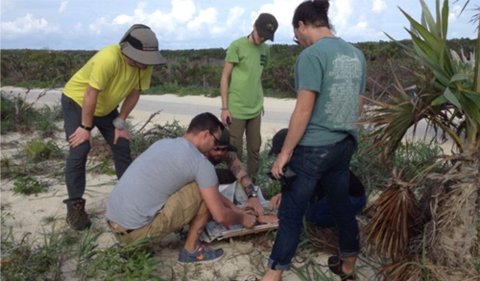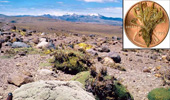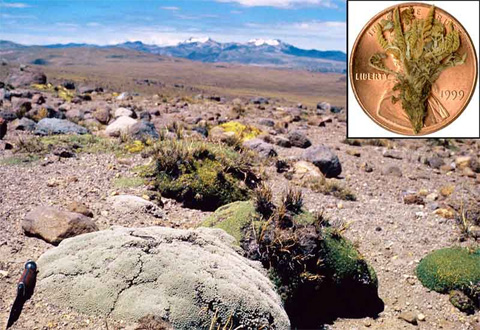By Sydney Dawes
PACE writer Environmental & Plant Biology
Environmental & Plant Biology students traveled to San Salvador Island, Bahamas, over winter break to study vegetation and species with Dr. Harvey Ballard, Associate Professor.
And during their survey they even found two plant species new to the island.
The fall semester for PBIO 4850 Plant Biology Capstone was filled with preparation for the trip, including lectures on the climate, agriculture, vegetation, and customs of the Bahamas. The botany students also attended seminars and workshops to learn how to use equipment, record data, and take samples. The Office of Global Opportunities assisted the students, teaching them how to prepare for international travel, and toward the end of the semester, the class even practiced snorkeling at the aquatic center on campus.
For the field component of the program, the PBIO 4850 students arrived in San Salvador on Dec. 30, where they stayed in the dormitories of the Gerace Research Centre, which is a part of the College of the Bahamas. The students focused on analyzing vegetation zones and their species composition. Students also surveyed the vegetation to update data on the plant diversity of the region.
Although a majority of the trip emphasized sampling and data analysis, students had time to explore the island as a group. Opportunities were available to snorkel in the ocean, go hiking, and take photo opportunities with GoPro cameras, and some students took numerous photos and videos of terrestrial and underwater life.
“That crystal-clear Caribbean blue was breathtaking. Literally the definition of turquoise, it made for some great snorkeling,” said Eugene Hancock, a junior Applied Plant Biology major. “I swam with sea turtles [and] giant stingrays…. Some were lucky enough to hang with dolphins.”
Field Research in the Bahamas

During a morning of sightseeing, the PBIO 4850 class toured the Dixon Hill Lighthouse before hiking to a nearby cave. Photo Credit: Anne Sternberger.
While in the Bahamas, students participated in nine days of on-site research and a few days of international travel. Their days began at 7:30 a.m., when they ate breakfast before listening to a lecture or an introduction to the day’s activities. Equipped with the gear for the day, they would then go out into the field until noon, and after a lunch break, they would continue their field work. There was a portion of free time they had before dinner to snorkel or explore, and their evening ended with review (which, for the plant biology students, included plant species identification and data analysis) or a discussion. Although they had time to relax or socialize, research took up 10 hours or more of their days. In the evening, “staying in the AC and discussing the day’s data was the norm,” Hancock said.
“We in the PBIO group spent most of our time studying the coastal communities around the perimeter of the island. We arrived at locations with drag tape, transect squares, and our instructors’ lovely guides,” Hancock said. “At the end of the day we worked on taking our day’s spreadsheets and turning them into graphs and plots using a statistical program called ‘PAST.’” After all the field research, Hancock said the class combined data into a master spreadsheet and did a final analysis at the end of the course.
The students left the Bahamas on Jan. 7, and they spent the night in Miami, where they ate their last meal together at a Cuban restaurant near their hotel.
Some students of the PBIO 4850 field course had previous experience with vegetation sampling or international travel, but most had not, and many had never snorkeled before.
“I was motivated to go on this trip after attending [a different PBIO] course in Panama last year,” Hancock said. “I never guessed I’d get two opportunities to take my studies abroad in the last three years, and it’s all thanks to the Department of Environmental and Plant Biology.”




















Comments